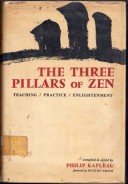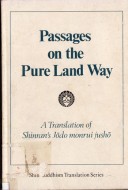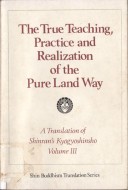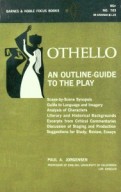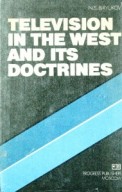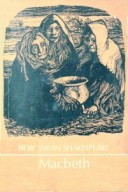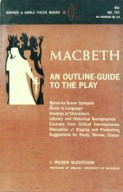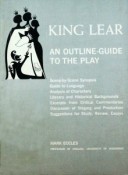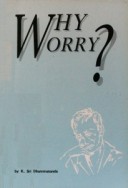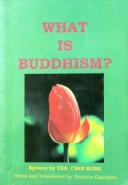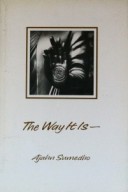Tìm Sách
Sách tiếng Anh-English >> The Three Pillars of Zen
Thông tin tra cứu
- Tên sách : The Three Pillars of Zen
- Tác giả : Philip Kapleau
- Dịch giả :
- Ngôn ngữ : Anh
- Số trang : 363
- Nhà xuất bản : Harper & Row/ New York & Evanston
- Năm xuất bản : 1966
- Phân loại : Sách tiếng Anh-English
- MCB : 12010000004088
- OPAC :
- Tóm tắt :
The three pillars of zen
Teaching , practice, and enlightenment
Compiled & edited, with translation, introductions & notes
By PHILIP KAPLEAU
A weathermark edition
HARPER & ROW/ NEW YORK & EVANSTON
EDITOR’S PREFACE
Briefly stated, Zen is a religion with a unique method of body-mind training whose aim is satori, that is, Self-realization. Throughout this volume I have tried to convey the essentially religious character and spitit of Zen – yes, its ritual and symbols, its appeal to the heart no less than to the mind – for as a Buddhist way of liberation Zen is most assuredly a religion. Grounded in the highest teachings of the Buddha, it was brought from India to China, where the methods and techniques which are characteristically Zen’s were envolved, and then through the centuries further elaborated in Japan. Zen Buddhism is thus the consummation of the spiritual experiences of three great Asian civilizations. In Japan today this tradition is still very much alive; in Zen temples, monasteries, and private homes men and women from every walk of life can be found actively engaged in zazen , the principle discipline of Zen.
At its profoundest level Zen, like every other great religion, transcends its own teachings and practices. The attempt in the West to isolate Zen in a vacuum of the intellec, cut off from the very disciplines which are its raison d’être, has nourished a pseudo-Zen which is little more than a mind-tickling diversion of highbrows and a plaything of beatniks.
CONTENTS
Foreword, by Huston Smith
Editor’s preface
PART ONE / TEACHING AND PRATICE
I / YASUTANT-ROSHI’S INTRODUCTORY LECTURES
ON ZEN TRAINING
Editor’s introduction
A bibligraphical note on Yasutani-roshi
The lectures
1 / Theory and practice of Zazen
2 / Precautions to observe in Zazen
3 / Illusory visions and sensation
4 / The five varieties of Zen
5 / The three aims og Zazen
6 / Individual unstruction
7 / Shikan-taza
8 / The parable of Enyadatta
9 / Cause and effect are one
10/ The three essentials of Zen practice
11/ Aspiration
II / YASUTANI-ROSHI’S COMMENTARY ON THE KOAN MU
Editor’s introduction
The commentary
III / YASUTANI-ROSHI’S PRIVATE INTERVIEW WITH TEN WESTERNERS
Editor’s introduction
The interviews
1 / Student A (woman, age 60)
2 / Student B (man, age 45)
3 / Student C (man, age 43)
4 / Student D (woman, age 40)
5 / Student E (man, age 44)
6 / Student F (woman, age 45)
7 / Student G (man, age 25)
8 / Student H (woman, age 37)
9 / Student I (man, age 30)
10 / Student J (woman, age 33)
IV/ BASSUI’S SERMON ON ONE-MIND AND LETTERS TO HIS DISCIPLES
Editor’s introduction
The sermon
The letters
1 / To a man from Kumasaki
2 / to the abbess of Shinryu-ji
3 / to Lord Nakamura, governor of Aki province
4 / to a Dying man
5 / to the Layman Ippo (Homma Shoken)
6 / to a monk in Shobo hermitage
7 / to the Nun Furusawa
8 / First letter to the Zen priest Iguchi
9 / Second letter to the Zen priest Iguchi
10 / Thire letter to the Zen priest Iguchi
11 / Fourth letter to the Zen priest Iguchi
12 / to a Nun
PART TWO / ENLIGHTENMENT
V / EIGHT CONTEMPORARY ENLIGHTENMENT EXPERIENCES OF JAPANESE AND WESTERNERS
Editor’s introduction
The experiences
1 / Mr. K. Y., a Japanese executive
2 / Mr. P. K., an American Ex-businessman
3 / Mr. K. T., a Japanese garden-designer
4 / Mr. C.S., a Japanese retired government worker
5 / Mrs. A. M., an American Schoolteacher
6 / Mr. A,K., a Japanese insurance adjuster
7 / Mrs. L. T., an American artist
8 / Mrs. D.K., a Canadian housewife
VI / YAEKO IWASAKI’S ENLIGHTENMENT LETTERS TO HARADA-ROSHI AND HIS COMMENTS
Editor’s introduction
The letters and comments
1 / Evidence of Kensho
2 / Evidence of great enlightenment
3 / Evidence of Deepened enlightenment
4 / Evidence of direct experience of the great way of Buddhism
5 / Evidence of attaining the non-regressing mind of Fugen
6 / Evidence of the joy and peace of being at one with the Dharma
7 / Further evidence of the joy and peace of being at one with the Dharma
8 / Presentiment of Death
PART THREE / SUPPLEMENTS
VII / DOGEN ON “BEING –TIME”
VIII / THE TEN OXHERDING PICTURES WITH COMMENTARY AND VERSES
IX / ZAZEN POSTURES ILLUSTRATED
X / NOTES ON ZEN VOCABULARY AND BUDDHIST DOCTRINE
Index
 Facebook
Facebook
 Google
Google
 Google+
Google+
